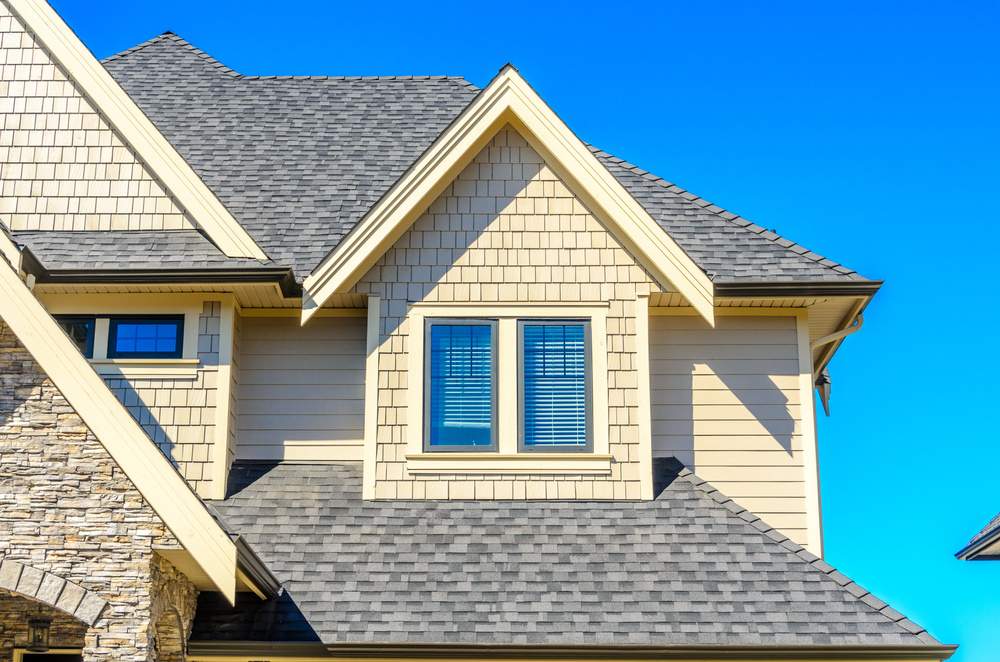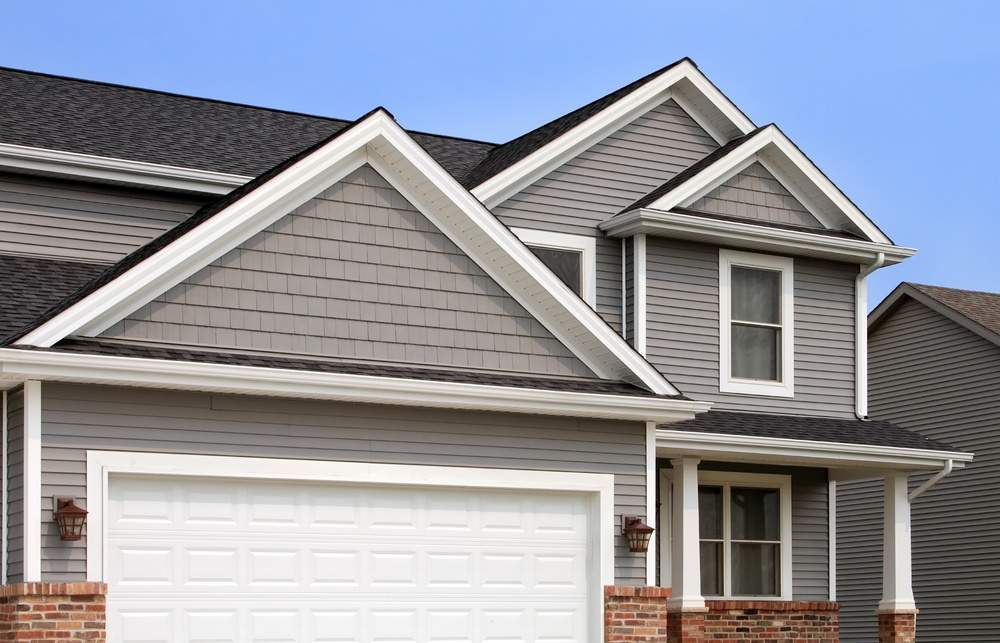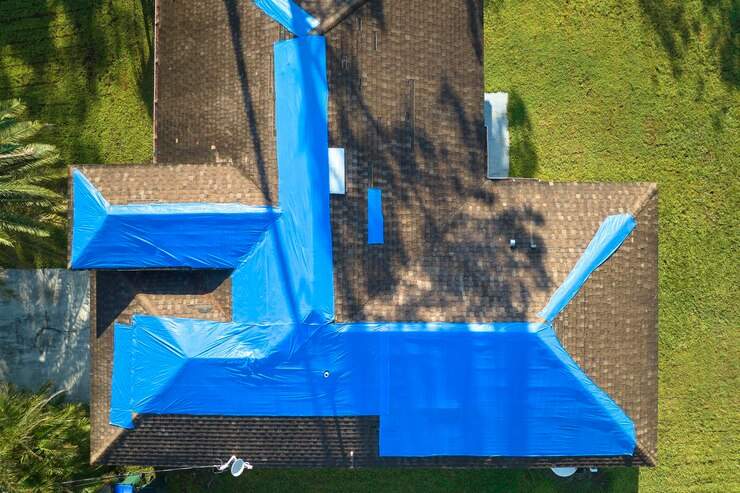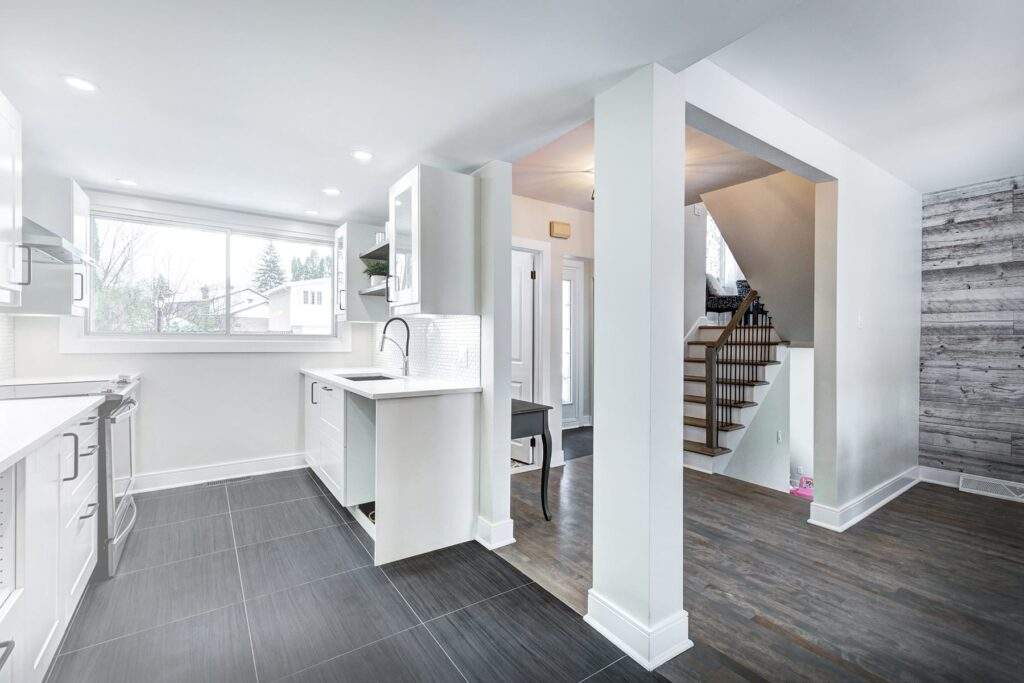Finding the right roofing contractor in the Twin Cities is about more than just price and availability. With Minnesota’s harsh winters, hot summers, and unpredictable storms, you need a roofer who understands how extreme temperature swings and heavy snow loads affect roofing materials.
If you choose the wrong contractor, you could end up with a roof that won’t last through a single freeze-thaw cycle.
To help you make the best choice, here are seven easy steps so you hire a Twin Cities roofing contractor who uses materials built for Minnesota’s climate.
Key Takeaways
- Local Twin Cities roofers know how to tackle unique weather issues like ice dams, hailstorms, and heavy snow.
- Minnesota homeowners must verify a roofer’s license and insurance coverage using the state’s DLI website for protection.
- Roofs in Minnesota need tough materials like Class 4 shingles and metal roofing to survive extreme weather conditions.
- Proper attic ventilation and insulation help Minnesota homes avoid ice dams, moisture buildup, and high heating costs.
- Reliable Twin Cities roofers have storm-damage expertise, solid local reviews, and strong warranties covering labor and materials.
7 Steps to Hiring a Twin Cities Roofer Who Uses Materials Built for Minnesota’s Weather
Minnesota’s weather is tough on roofs, and not every contractor uses materials built to handle ice dams, heavy snow, and summer hailstorms.
Follow these seven key steps to find a roofer who knows how to protect your home.
Step 1. Look for Local Experience
Not all roofing companies understand the unique challenges of Minnesota’s weather.
A contractor from another state—or even a different part of Minnesota—may not be familiar with ice dam removal in St. Paul’s Summit Hill neighborhood or the high wind exposure near Lake Minnetonka.
A truly local roofer will know:
- How to install ice and water shields to prevent roof leaks from ice dams
- The best shingles for handling hailstorms in Eagan and Bloomington
- How to reinforce roofs against heavy snow in Maple Grove
Ask how long they’ve worked in the Twin Cities and request examples of past work in your area.
Step 2. Verify Licensing and Insurance
Minnesota law requires roofing contractors to be licensed by the Minnesota Department of Labor and Industry (DLI). A reputable contractor should have an active license, general liability insurance, and workers’ compensation coverage.
Warning: If a roofer isn’t licensed, you could be stuck paying for damages if something goes wrong. You can check a contractor’s license on the DLI website to make sure they’re legitimate.
Step 3. Choose a Contractor Who Uses Weather-Resistant Materials
Minnesota’s harsh winters and severe storms can destroy a poorly built roof in just a few seasons.
A reliable contractor will use Class 4 impact-resistant shingles to withstand hail, high-performance synthetic underlayment to prevent moisture damage, and metal roofing options for added durability. In areas like Edina and Maple Grove, where freeze-thaw cycles are common, cheap asphalt shingles won’t last.
Always ask about the roofing materials they use—because in Minnesota, it needs more than curb appeal. It needs real protection.
Step 4. Ask About Ventilation and Insulation Knowledge
A roof in the Twin Cities isn’t just about shingles—it also needs proper ventilation and insulation to prevent ice dams and moisture buildup.
A knowledgeable roofer will understand:
- Why ridge vents and soffit vents are essential for attic airflow
- How attic insulation affects winter energy bills
- Ways to reduce humidity issues in older homes around Minneapolis’ Powderhorn neighborhood
If a roofer ignores ventilation, your new roof won’t last long.
Step 5. Ensure They Offer Storm Damage Expertise
Minnesota’s severe weather can wreak havoc on a roof.
A reliable roofing contractor should not only install durable materials but also have experience handling storm damage repairs.
They should understand the insurance claims process, help document damage for adjusters, and provide emergency roof repair services when needed.
This is especially important in storm-prone areas like Brooklyn Park, Blaine, and Eden Prairie, where homes are frequently exposed to extreme weather.
Step 6. Read Reviews and Ask for Local References
A trustworthy contractor should have positive reviews on Google, the Better Business Bureau (BBB), and Angi. But don’t stop there—ask for local references in places like Woodbury, Edina, or Plymouth.
Questions to ask past customers:
- Was the contractor reliable and on time?
- Did the roof hold up through winter and storms?
- Were there any hidden fees or surprises?
A reputable roofer will gladly provide reviews and past works. If they hesitate, that’s a red flag.
Step 7. Check Warranties on Materials and Workmanship
Your roof is a major investment, so make sure it’s protected with strong warranties. You should get:
- A manufacturer’s warranty (covers roofing materials)
- A workmanship warranty (covers installation mistakes)
Minnesota’s extreme weather can put a roof to the test quickly. A reliable contractor will stand behind their work, ensuring you don’t get stuck with costly repairs after a rough winter.
Protect Your Home with a Minnesota-Ready Roof
Choosing the right Twin Cities roofing contractor isn’t just about getting a new roof—it’s about protecting your home from Minnesota’s brutal weather for years to come.
At Allstar Construction, we specialize in high-performance roofing built for Minnesota’s extreme climate. Our team knows how to handle ice dams, hail damage, and freeze-thaw cycles, ensuring your roof lasts through every season.
Call us today at 763-373-1066 to schedule a free inspection and get a quote on a roof that’s made to last in the Twin Cities.



